
Contextualizing The Poonch Operations : Time Delay in Completion is Inevitable
 Tue, 26 Oct 2021
| Reading Time: 6 minutes
Tue, 26 Oct 2021
| Reading Time: 6 minutes

The recent operations against terrorist presence in the Bhata Dhurian forest area north of the Rajouri – Surankote road in the Poonch sector, began on 11 October 2021. It almost immediately led to a contact with an undetermined number of terrorists in which five brave hearts were Killed in Action. Subsequent contacts resulted in the loss of four more soldiers of the Rashtriya Rifles, a battle-hardened force with experience of 30 years in fighting terror in Jammu & Kashmir (J&K).
There is public dismay at the losses, just as there should be; no nation tolerates the loss of its soldiers at the hands of renegades, especially if sponsored by a neighbour to create mayhem. There is also much concern about the time delay in completion of the operations which is giving rise to thoughts about these being something similar to Kargil (1999) or the 2003 occurrence of terrorist concentration at a place called Hilkaka high up in the Pir Panjal mountains. The latter was finally destroyed through Operation Sarp Vinash in June 2003.
Snippets of news and comments in prime-time television are not helpful towards better understanding or satisfying the appetite for information. It needs something more. Operations of this kind need understanding of terrain and the limitations it imposes, the tactics best suited and many other facets which come with experience of having operated in and commanded Anti-Terror operations. I intend to clear the air as much as possible. I daresay on demand of many.
Taking you back five years; in October 2016 an operation at the Entrepreneurship Development Institute (EDI) Pampore led to fatal casualties of two young Special Forces officers and a jawan. The operation was taking long to complete in view of the six-story standalone building and the domination it enjoyed. Television anchors impatiently suggested to me that the Army was doing it all wrong, taking so long with the operation. My retort to them, as much as is to those who question the length of time taken for the current ongoing operation in Poonch sector was simply – “If I was in charge, I would tell the local commander to take seven or more days; where is the hurry?” That sums it up; hurry in such operations, where you seek positive outcome by contacting and battling 6-8 or more, well trained, highly motivated foreign terrorists in thick jungle terrain spread 70-80 km and as much in depth, is the bane of it all. Patience is virtue and an effective higher commander is he who can smirk at such questions and let his men do their job.
If patience on the part of senior commanders is mandatory then they must also ensure that battle stamina for the formations and units undertaking the operations is also in place. In November 2008, a few days preceding the Mumbai terror outrage (26/11) six terrorists infiltrated into Uri sector and the same was confirmed by satellite phone intercepts. My troops while seeking contact attempted to block their ingress towards Baramula and Rafiabad but 48 hours later there was yet no contact. The ground was bushy, partially forested and mountainous but not even remotely as bad as the heights between Rajouri and Surankote towards the higher reaches of Pir Panjal in the Poonch sector. Troops were tired and that would be problematic if a contact ensued. We ensured just two things. First a regular turnover of troops was executed over the next 8 days and second, clarity existed that we were in no hurry; success could wait. We got our success seven days later although we had a casualty which should not have occurred but under the circumstances of the make-up of the ground this was yet pardonable.
What really is the challenge in such operations and what specifically is the issue in the Surankot operations? The area is well inside the LoC but not so far either that infiltrators cannot get there in a reasonable time frame. The forests are dense and the terrain rocky, broken and strewn with caves. Higher up on the routes leading to the grazing areas and thence to the gullies (passes) are ‘dhoks’ (cowsheds of nomads) which can be used by terrorists as camps or temporary shelters.
Pakistan has a propensity to keep repeating ad nauseum the same old operational strategy to build strength of terrorists inside J&K which can instigate an uprising by the people to internally defeat the Indian security forces. The Bhata Durian forest is so thick that even helicopters and drones cannot penetrate the cover for effective observation; ideal hiding ground and a training area to train locally recruited terrorists so that they do not have to exfiltrate to PoK for training. A sizable contingent of local terrorists can be concentrated at different camps away from the gaze of the Army in preparedness. Only a major contact with terrorists will confirm that.
The last few contacts could well have been with the peripheral elements at the fringes although it is known that a large group of terrorists did probably infiltrate through the Poonch sector sometime in August this year. It has probably been sustained through local logistics support. There is surprise being expressed all around that the people of this area were known to have rejected all pro Pakistan activity. The reality is that for commercial gain, guides and logistics supporters are always available in the LoC belt and none of them may have any ideological connection with Pakistan or the terrorists.
No doubt this area has been largely cleaned off the presence of terrorists and potential Commanding Officers of RR units with career ambitions prefer not to be posted here because they see little challenge in the task. When challenges do emerge, initial information may be misleading. Searching a jungle is like the good old childhood game of ‘hide and seek’. The forest with the terrain and caves, all helps those who are hidden. Those searching are on the move and the moving element always provides the target.
Search, if at all, will firstly have to be very slow and painstakingly, using technology of any kind including airborne listening and surveillance devices. Secondly, they will be extremely vulnerable and need frequent turnover. Crude IEDs have been placed in the way of search parties by the terrorists; these require detectors which naturally slows activity. Effective cordon is only possible when some localization is achieved through surveillance inputs. Inducting Special Forces personnel too gives little dividend unless there is more specific localization for assured contact on our terms.
It appears that the terrorists may have sufficient logistics for enhanced stamina. Water could be a problem although springs abound and locals know these like the back of their hands. The police have tried getting an arrested Pakistani terrorist to lead into potential areas of occupation. The three or four contacts thus far would help in localization with aid of the Bakkarwal (nomad shepherds) community. Once that is done laying of an effective cordon is possible. However, instead of making searching troops vulnerable it’s sometimes advisable to keep everything static and organize multiple ambushes inside the jungle awaiting the terrorists to break cover for logistics, something inevitable.
In Operation Sarp Vinash in 2003 the effects of operations south of Hilkaka were felt on the Valley side of the Pir Panjal with large groups attempting to escape the pressure. Ambushes of the Army had a field day cleaning out the escaping groups. That is why the Army for sure would be placing such ambushes.
Now that the first snow of the season has arrived, the terrorists will find it difficult to move over the meadows of the Pir Panjal into the Valley and footmarks on fresh snow will spell their doom if they try. Under these circumstances Winter Aerial Surveillance and Observation (WASO) sorties by Army Aviation helicopters should ensure the nailing of the terrorists.
Terrorists need to keep communicating and make themselves vulnerable through chatter on satellite or mobile phones. Mobile internet should be locally switched off and ‘off the air’ mobile monitors by the intelligence agencies moved into the periphery of the contact area. This will ensure that every known method of preventing effectiveness of the terrorists would have been taken as per drill and there is nothing unknown about this. It’s just a matter of time. The Army knows everything, it needs no advice.
The lesson coming through loud and clear is that Pakistan will often repeat the area and methodology of conduct of the past. We are prone to ignoring history and relating events of one area to another. Our approach is too tenure based and our training institutions rarely use the repertoire of experience we have built over the years. Institutional memory is what the Army must promote.
Lastly, the public always appreciates the Army but it’s equally up to the Army to ensure that it parts with appropriate public information through briefs as it is done the world over. Perhaps an experiment in this will do no wrong. Pakistan’s famed information warfare is attempting to use this operation for propaganda. Is our information blitz ready?
*****************
Reference for image (For representational purpose only)-
Disclaimer
The opinions expressed in this article are the author’s own and do not reflect the views of Chanakya Forum. All information provided in this article including timeliness, completeness, accuracy, suitability or validity of information referenced therein, is the sole responsibility of the author. www.chanakyaforum.com does not assume any responsibility for the same.
Chanakya Forum is now on . Click here to join our channel (@ChanakyaForum) and stay updated with the latest headlines and articles.
Important
We work round the clock to bring you the finest articles and updates from around the world. There is a team that works tirelessly to ensure that you have a seamless reading experience. But all this costs money. Please support us so that we keep doing what we do best. Happy Reading
Support Us





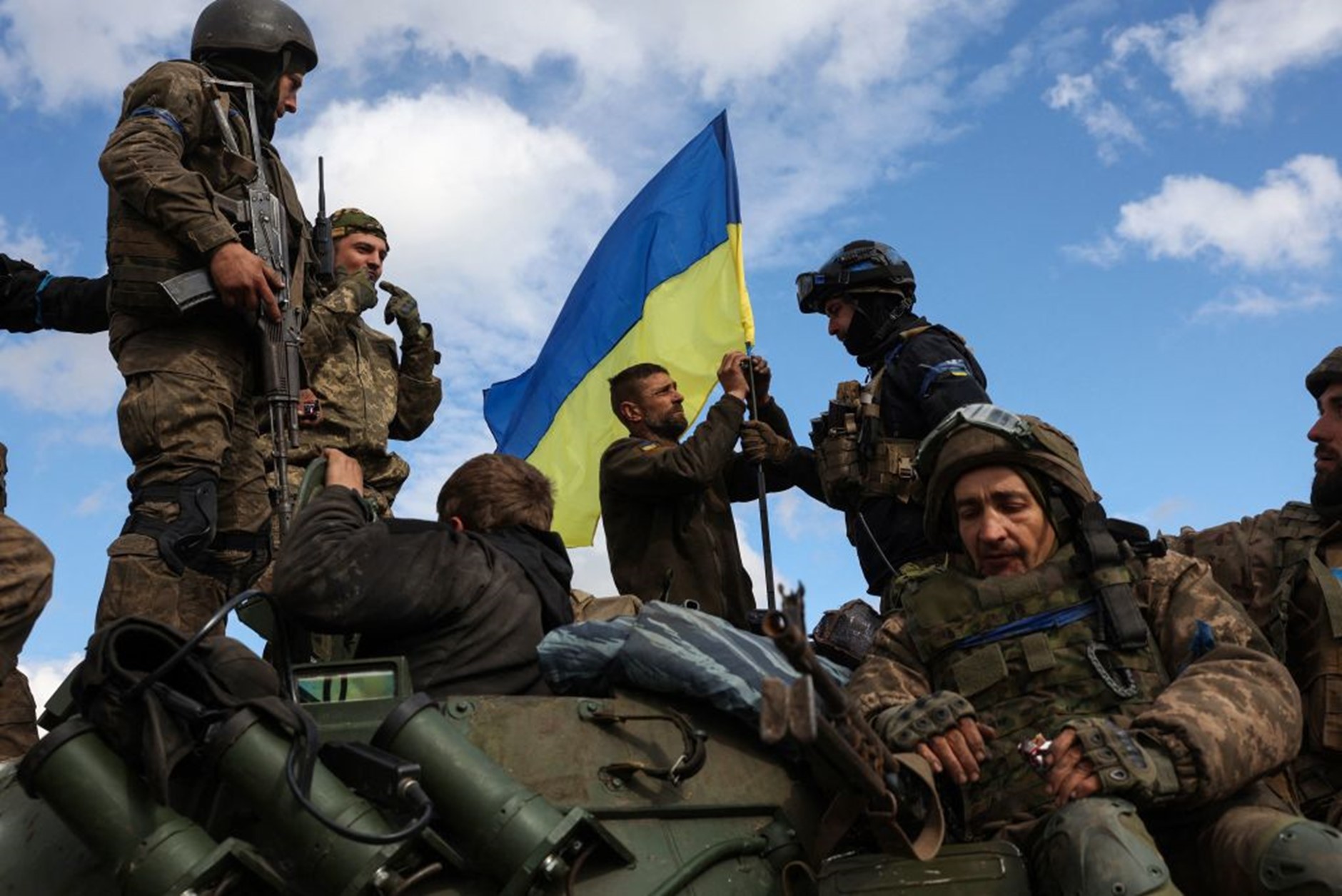

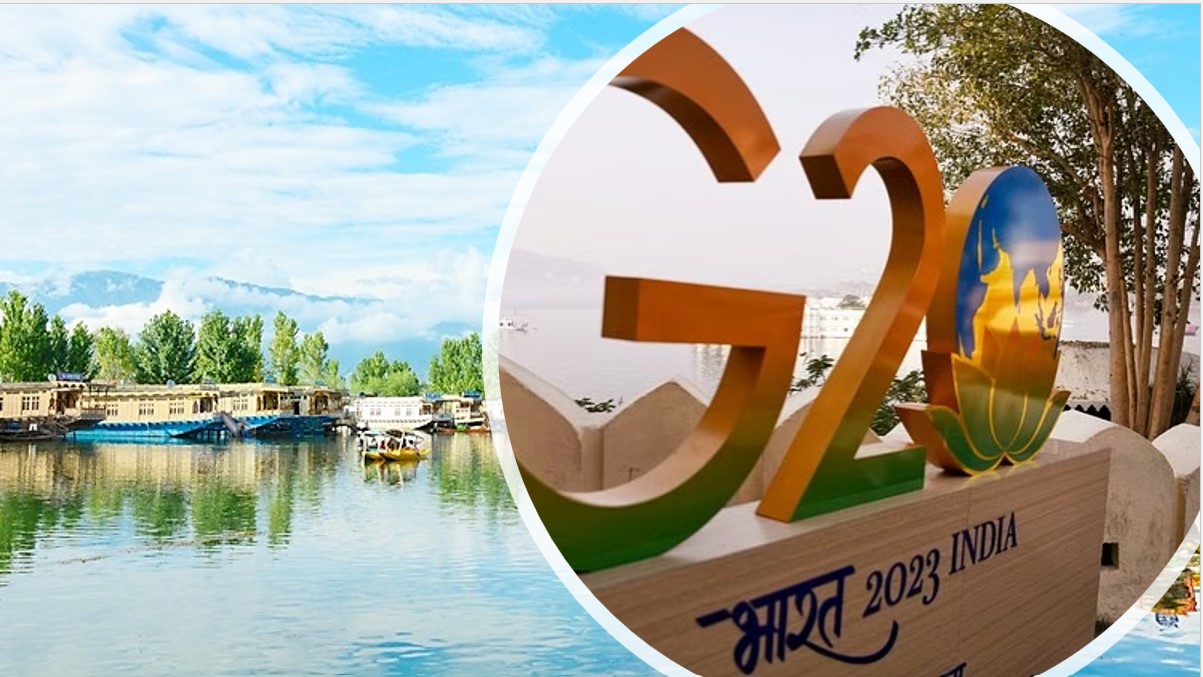


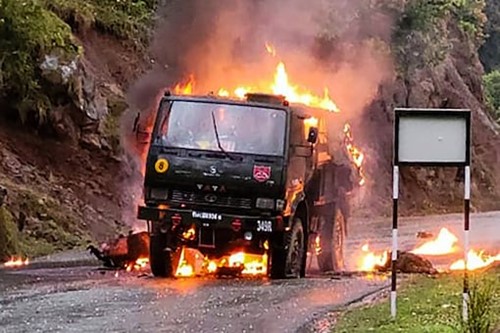
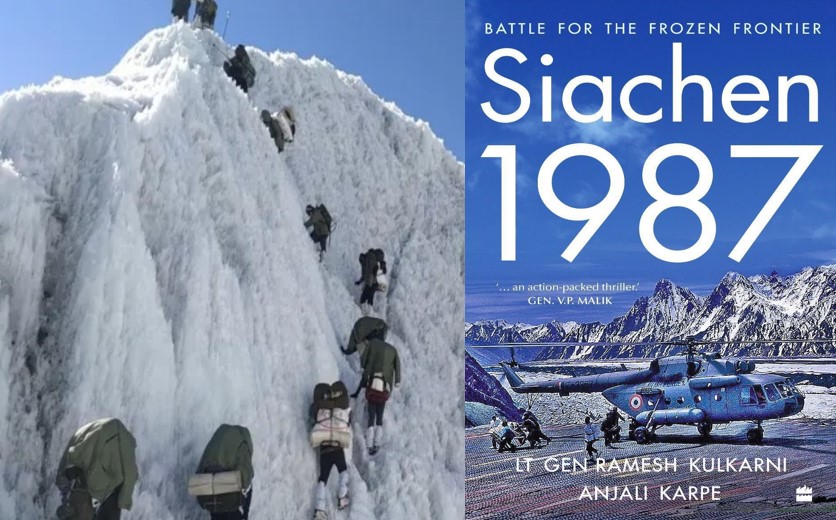

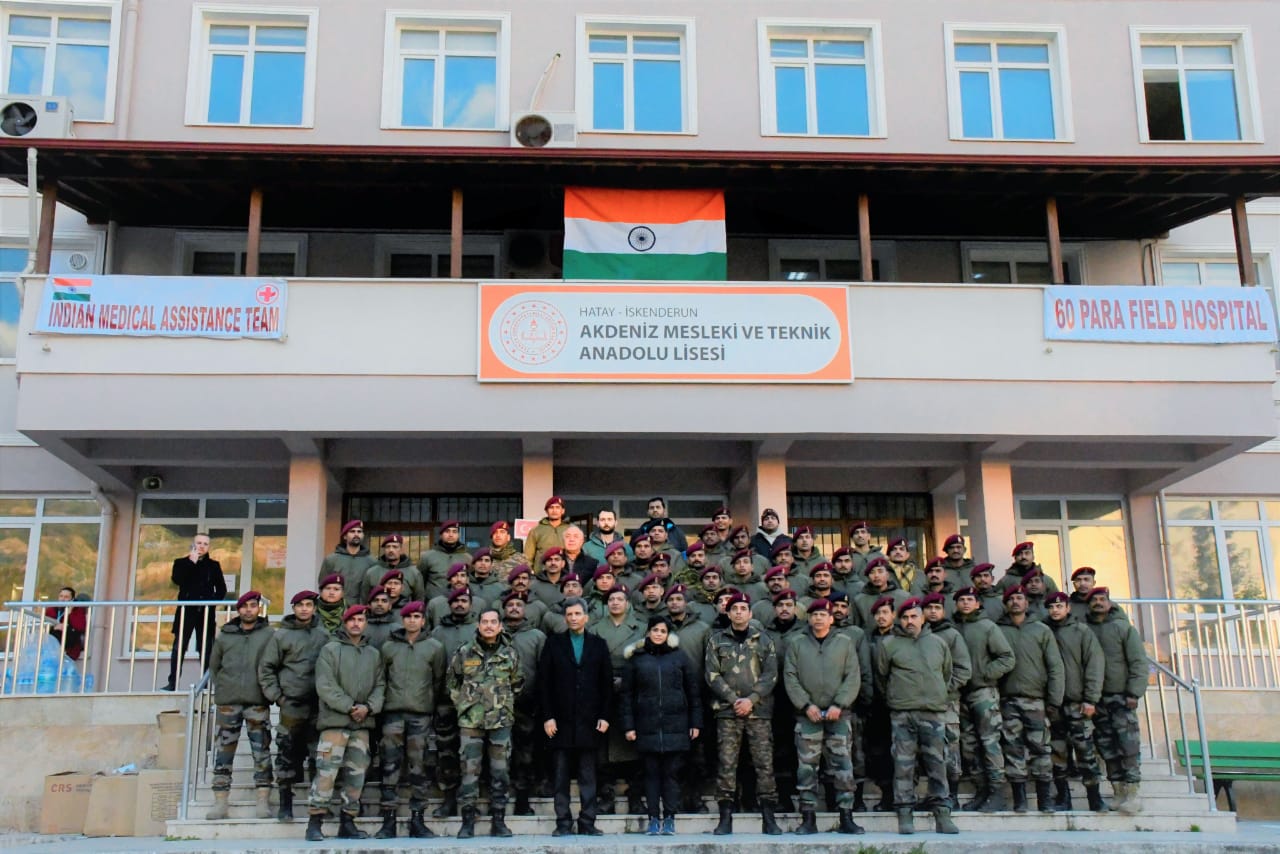
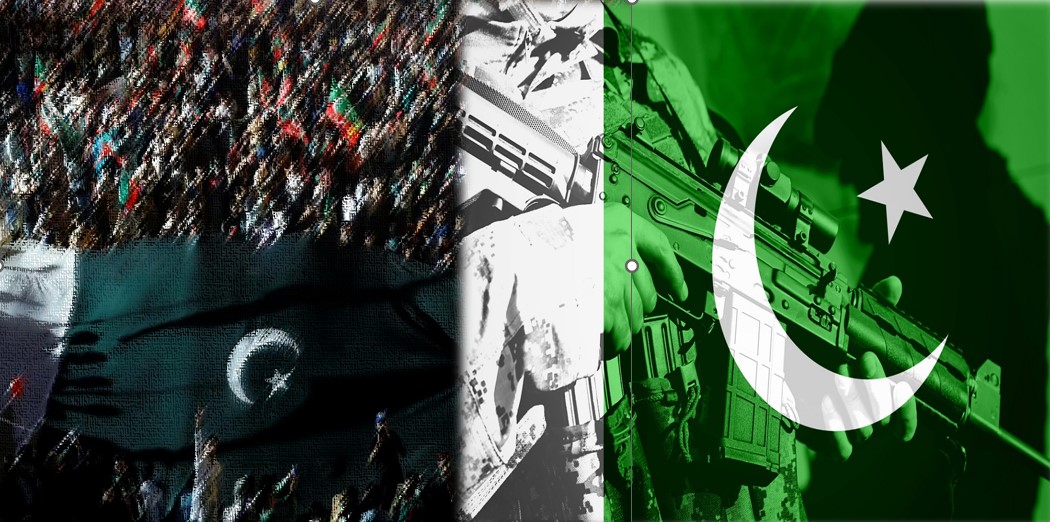






POST COMMENTS (3)
Raghav
Kuldip
Rajinder Verma